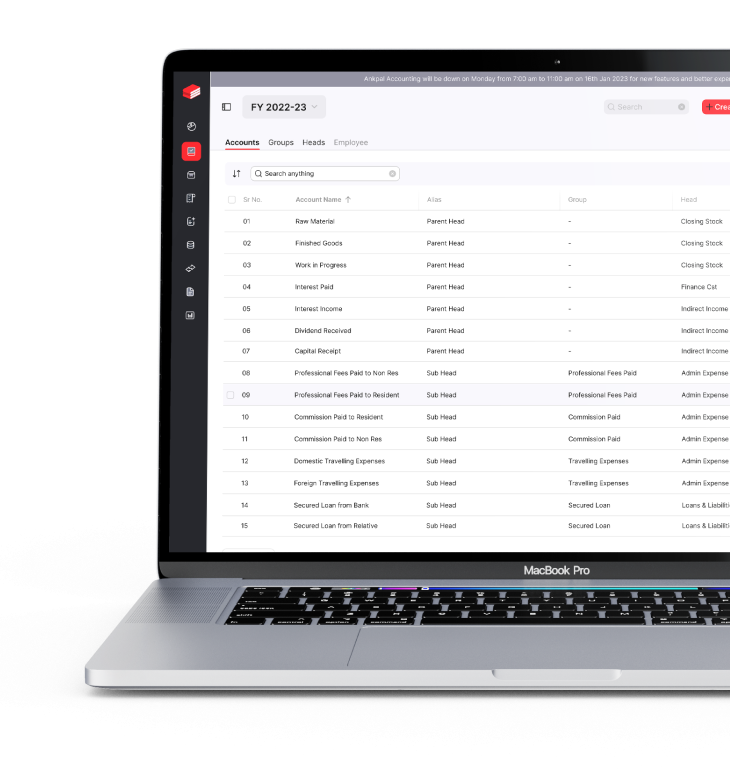
Inventory tracking and management are critical for any business that deals with goods. It ensures that companies have the right products available at the right time.
Today, businesses use technology to improve their inventory systems and stay competitive.
One of the newest and most exciting technologies is 5G. This fifth-generation wireless technology is set to transform how businesses handle their inventory. It promises faster speeds, real-time updates, and improved accuracy.
This blog will explore how 5G can revolutionise inventory management systems and make businesses more efficient.
What Is 5G Technology?
5G is the latest generation of mobile network technology. It is much faster than 4G and can connect many devices simultaneously. With 5G, businesses can send and receive data almost instantly, which is crucial for inventory management.
Its low delay (latency) allows real-time device communication, making it ideal for tracking goods and managing stock.
Current Challenges in Inventory Tracking
Before diving into how 5G helps, let’s look at some common problems businesses face with inventory tracking:
Slow Updates:
Traditional systems often delay updating stock levels, leading to errors.
Stock Mismanagement:
Businesses sometimes overstock or run out of products due to inaccurate data.
Manual Work:
Tracking inventory by hand is time-consuming and prone to mistakes.
Limited Visibility:
Many companies need help to get a clear, real-time view of their inventory across multiple locations.
How 5G Transforms Real-Time Inventory Tracking
5G technology is a game-changer for inventory management. Here’s how it makes a difference:
Real-Time Updates:
With 5G, inventory systems can instantly update stock levels. Businesses will always know what is available, reducing errors and delays.
Smart Devices:
5G supports using Internet of Things (IoT) devices like sensors and scanners. These devices can automatically track products and send data to inventory management systems.
Automation:
Businesses can use robots or drones to count stock, restock shelves, or locate items in large warehouses. 5G ensures these machines work quickly and efficiently.
Improved Accuracy:
Real-time data helps businesses decide how much stock to order and when. This reduces the chances of overstocking or running out of products.
Use Cases of 5G in Inventory Management
Let’s look at a few practical ways businesses are using 5G for inventory tracking:
Smart Warehouses:
In a warehouse, IoT devices connected by 5G can monitor stock levels, track item locations, and check storage conditions like temperature and humidity.
Retail Stores:
Stores can use 5G to update their inventory in real-time, ensuring shelves are always stocked with what customers need.
Logistics and Delivery:
5G helps track goods during transportation so businesses know where their products are at all times.
Automated Restocking:
Using 5G-powered systems, businesses can set up automatic restocking when inventory reaches a certain level.
Benefits of 5G-Powered Inventory Tracking
Efficiency:
Tasks that took hours can now be done in minutes, saving time and money.
Cost Savings:
Automation reduces the need for manual labor and prevents costly mistakes like overstocking.
Better Customer Service:
With accurate stock information, businesses can fulfill orders faster and avoid disappointing customers.
Data Insights:
5G enables businesses to analyze real-time data, helping them make smarter decisions about inventory and sales trends.
Scalability:
5G systems can easily handle increased data and devices as businesses grow.
Challenges and Considerations
While 5G has many benefits, there are some challenges to consider:
High Costs:
Setting up a 5G system can be expensive initially. However, the long-term benefits often outweigh the costs.
Infrastructure Needs:
Businesses must upgrade their networks and devices to be compatible with 5G.
Data Security:
With more connected devices, it’s important to protect data from cyber threats.
Future Outlook
The future of inventory management is bright with 5G. As the technology becomes more widespread, it will become easier and more affordable for businesses to adopt. In the coming years, we can expect:
- Smarter and more connected supply chains.
- Better integration with artificial intelligence (AI) to predict trends and optimize stock.
- Widespread use of automation, such as drones for deliveries and robots for inventory counting.
Conclusion
5G is set to revolutionize how businesses track and manage their inventory. Businesses that invest in 5G-powered inventory management software now will have a significant advantage in the future.
By embracing this technology, businesses can improve their operations and ensure they are ready for the future.








